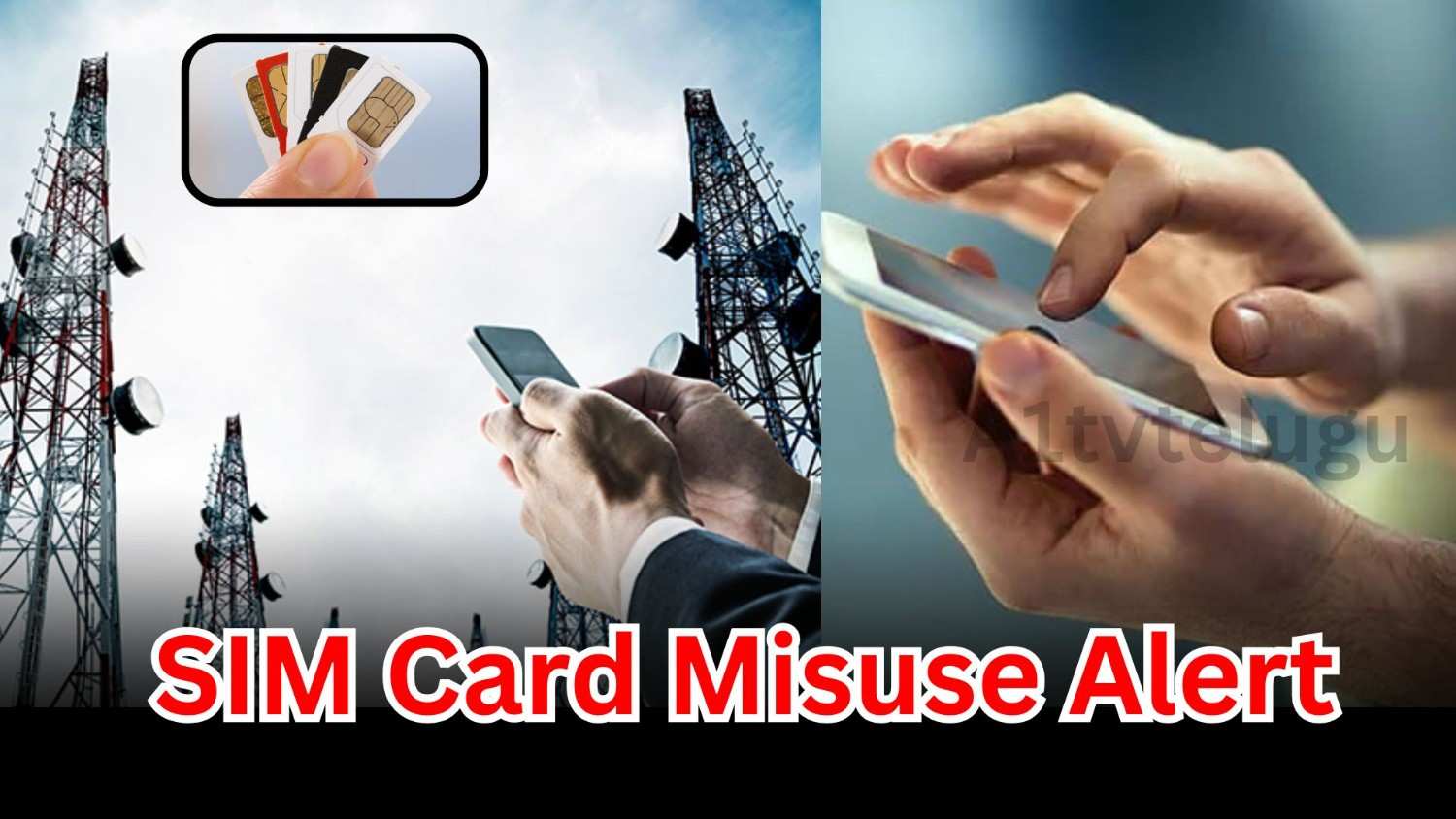A.P. Bhattacharya, J.@mdashThese two Rules arise out of two petitions u/s 5 of the Limitation Act explaining the delay in filing the appeals in question.
2. The uncontroverted facts are that the judgment was delivered on September 30, 1975. Application for certified copies were made on October 3, 1975. Certified copies were supplied on December 11, 1975. On calculation the last day of filing of the appeals would be March 6, 1976. But the appeals had been preferred on April 1, 1976. There is, therefore, a delay of 25 days in filing of the two appeals in question. This delay is sought to be explained in the petitions u/s 5 of the Limitation Act in para. 4. The relevant allegation is that the certified copies of judgment and decree were placed before the learned Advocate Mr. P.N. Palit on March 7, 1976, for drafting the memoranda of appeals. The appeals were preferred by the State of West Bengali The learned Advocate due to mistake in calculation advised the State that the last day for filing of the appeals was April 1, 1976. The file together with the memoranda of appeals were returned on March 28, 1976 and thereafter, orders of the Legal Remembrancer was obtained thereon for filing the appeals. The appeals were then filed on April 1, 1976.
3. The question is whether on these facts alleged, in the affidavit, if the facts are even established, whether sufficient cause of delay stands established.
4. Both the Rules are opposed and it is contended on the side of the opposite parties that there is no sufficient cause for condoning the delay in these cases. The learned Advocate for the opposite party has referred to the Supreme Court decision reported in
An Applicant applying for condonation of delay in such cases has to establish by evidence : (a) that the advice was given by a skilled or competent person, (b) that the lawyer who gave the opinion exercised reasonable care, (in other words, the advice was the result of a bona fide mistake not attributable to negligence or want of due skill) and (c) that the view taken by the lawyer was not such as would have been entertained by a competent person exercising reasonable skill.
5. A delay of seven days in filing of an election petition by the Petitioner on the ground of wrong advice was not accepted by the Court. The election petition was dismissed as in the opinion of the Court sufficient cause had not been made out in the application. This decision was followed in
6. That being the position, the circumstances of the present case do not show that the advice that was given by the Advocate was given with due and reasonable care. As I have already observed the calculation does not involve any particular skill and if a lawyer makes mistake in this respect of 25 days, it cannot be a bona fide mistake. The advice can either be said to be negligent or given without reasonable care. In the circumstances of the present case, I am unable to accept that such wrong advice of lawyer can be considered as sufficient cause for condonation of delay. Moreover, there is no affidavit by the learned Advocate nor had any sheet calculation showing how the mistake was committed in this case. On facts, I am not convinced that any such wrong advice was given by the State Advocate. In the aforesaid circumstances, the applications must fail as sufficient cause has not been made out therein. The applications are dismissed on contest and the Rules are discharged.
7. I make no orders as to costs.

